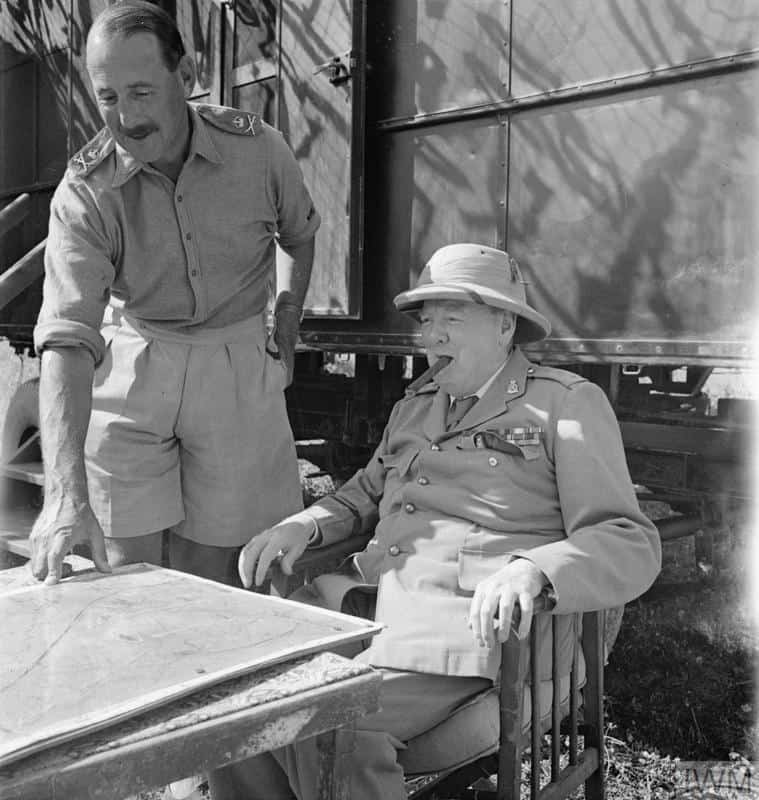Coriano
1st Armoured Division, 5th Canadian Armoured Division, 46th, 56th and 4th Indian divisions were all involved in the Battle. Initially unsuccessful, and costly in casualties, the attack finally succeeded after heavy fighting.
The Honour was emblazoned by the 4th Hussars.
San Clemente
This subsidiary action, which was fought by the 46th Division, included the high ground of Sant Andria, and by its capture secured the crossings over the River Conca.
The Honour was awarded to the 4th Hussars.
Rimini Line
In this Battle, the following troops were involved: I Canadian Corps, 1st Armoured Division, 4th, 46th and 56th Divisions, 4th Indian Division, 21st Tank Brigade, 25th Tank Brigade and the 3rd Greek Mountain Brigade. Advancing over the River Conca, these formations successfully drove the enemy from three well-prepared positions on commanding ground, forcing him to retire across the Marecchia River.
The Honour was emblazoned by the 4th Hussars.
Detail
The Gothic Line was a German defensive line of the Italian Campaign. It formed Field Marshal Albert Kesselring’s last major line of defence along the summits of the northern part of the Apennine Mountains during the fighting retreat of the German forces in Italy against the Allied Armies in Italy, commanded by General Sir Harold Alexander.
In April 1944 the 4th Hussars rejoined the fray in Italy as the Armoured Reconnaissance of the 1st Armoured Division equipped with both heavy and light tanks.
They were consistently in close support of the infantry assaults on the successive enemy positions, suffering heavy casualties from close anti-tank fire.
After ten days they burst through The Gothic Line and were then able to clear the Divisional axis single-handed at Cerasuolo on the 20th of September, through the Rimini Line.
The Battle of Rimini was one of the hardest battles for the Eighth Army.


